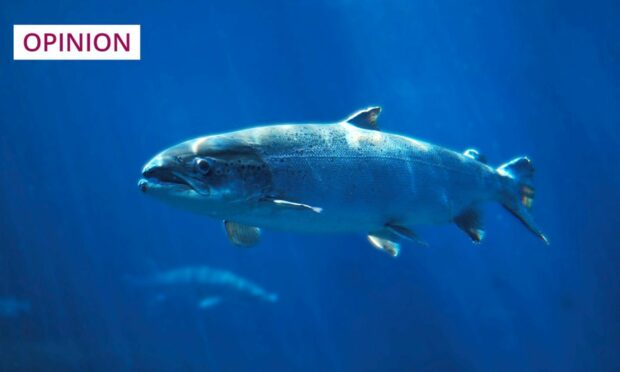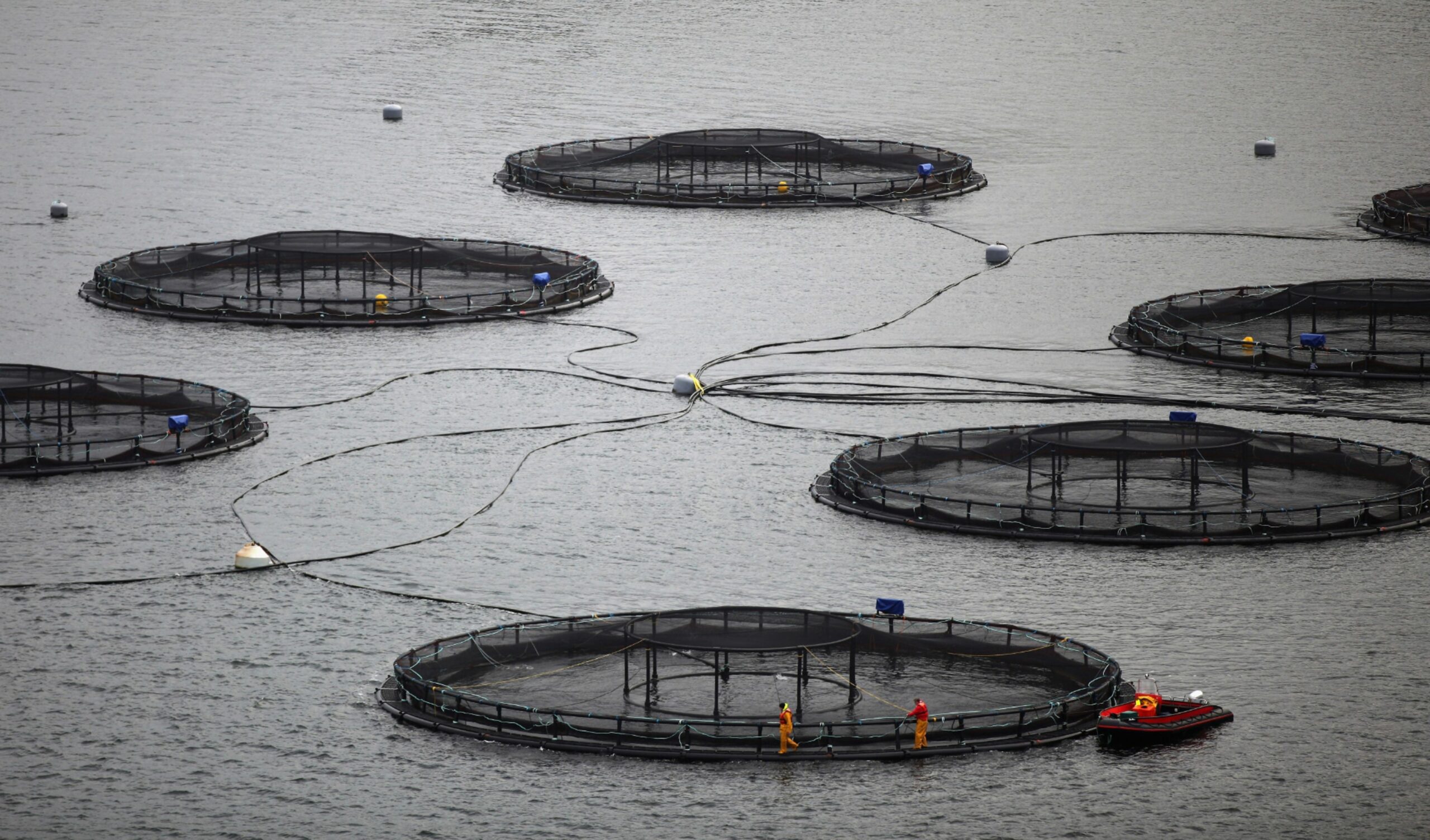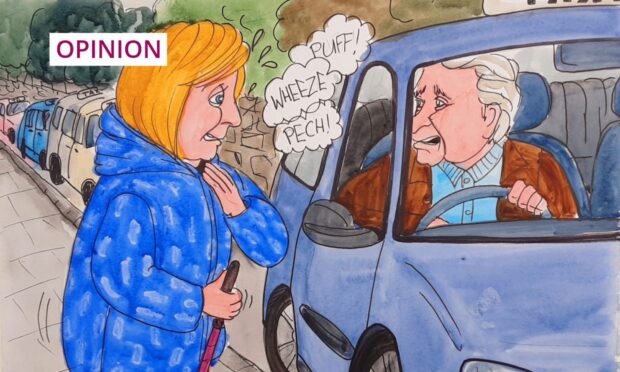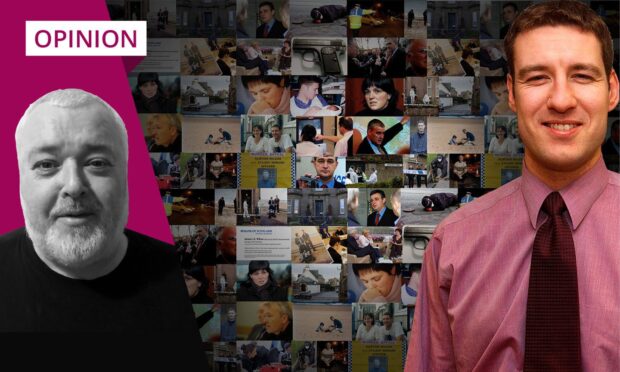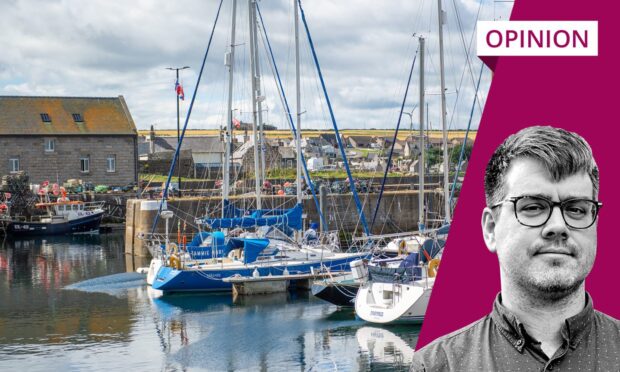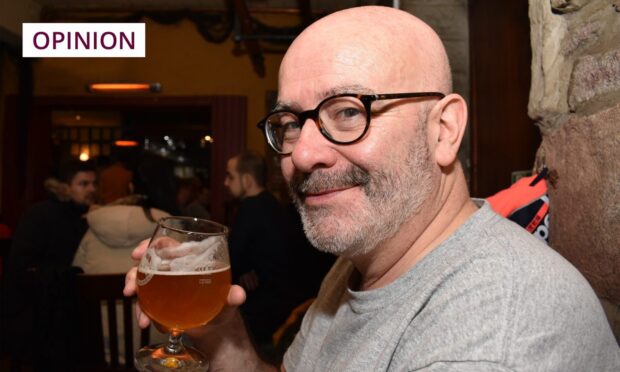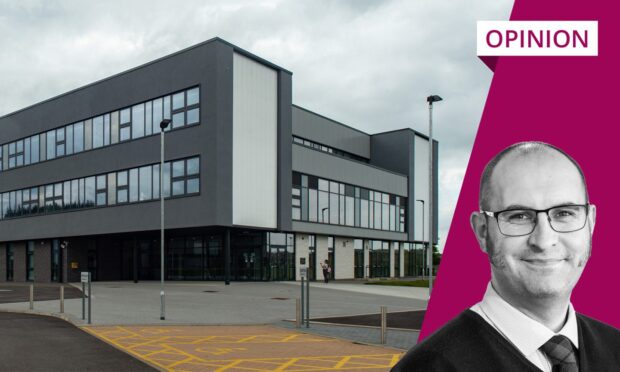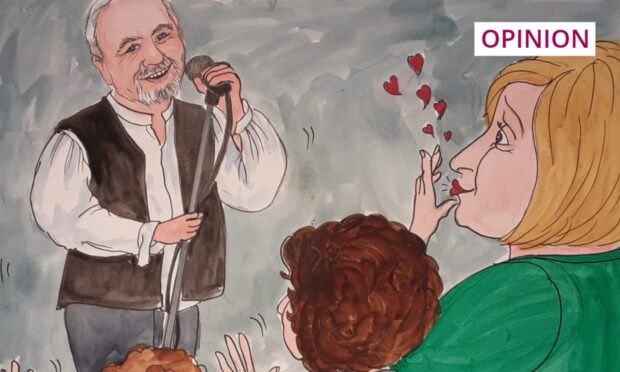It’s time to address the demise of wild salmon, which means tackling high sea lice numbers in many salmon farms, write campaigners John Aitchison and Rachel Mulrenan.
The recent opinion piece by Tavish Scott, chief executive of salmon farming industry trade body Salmon Scotland, is extremely misleading, most prominently in its refusal to acknowledge the impact of salmon farms on wild salmon.
The Scottish Government has identified 12 “high level pressure points” impacting on wild Atlantic salmon. In his column, Mr Scott fails to mention that at least three of these pressure points are directly related to the presence of salmon farms in our coastal waters – fish health (sea lice, disease and other parasites), genetic dilution through interbreeding with stocked and escaped farmed fish, and water quality and pollution.
Marine Scotland is the Scottish Government body tasked with helping the salmon farming industry achieve its ambition to double production to 400,000 tonnes by 2030.
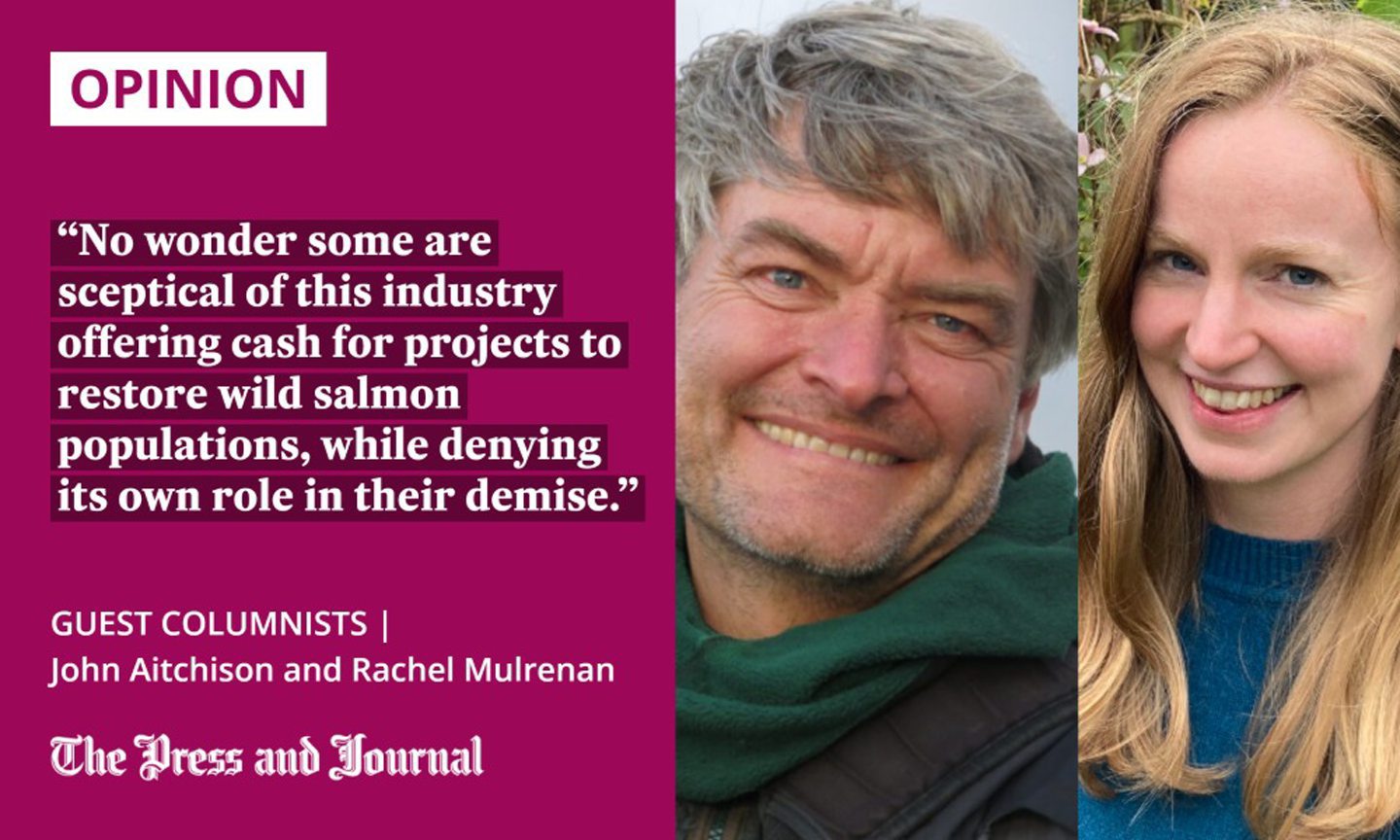
Marine Scotland’s website summarises the science about the impacts of lice from fish farms on wild Scottish sea trout and salmon, saying: “The body of scientific information indicates that there is a risk that sea lice from aquaculture facilities negatively affect populations of salmon and sea trout on the west coast of Scotland.”
It adds that the “risks can be mitigated by reducing sea lice on farms or locating farms in areas that reduce interactions with wild salmonids”. In addition, in 2021, Marine Scotland reported signs of interbreeding between wild and farmed salmon at 23% of the sites its scientists examined.
Since salmon farming arrived on the west coast, many of the smaller rivers have lost all of their wild salmon. In most west coast rivers where the fish do cling on, Marine Scotland’s conservation ratings show that wild salmon are heading for extinction.
New fund is not a solution but a distraction
Mr Scott promotes the industry’s new “wild fisheries fund” as a solution, but the types of projects the fund will support reflect his organisation’s reluctance to explore the links between salmon farms and the decline of wild salmon in the west Highlands and Islands.
Salmon Scotland’s website states that academic studies of the interactions between wild and farmed fish “are unlikely to be supported”, and nor will “any proposals that are contrary to the interests of Salmon Scotland or any of its members.”
Can it be a coincidence that this fund has been launched just as the Scottish Environment Protection Agency is planning to introduce new regulations for managing sea lice levels on salmon farms?
As well as its impact on wild salmon, the industry’s own data show that, year after year, around a quarter of farmed salmon die in the cages; 2.8 million fish died in September 2022 alone.
The main causes of this very high death rate are parasitic sea lice infestations, and the cruel treatments for the lice, on top of poor gill health. This is why so much of the opposition to salmon farming comes from the coastal communities impacted by the farms – as can be seen by the contributors to this column.
No wonder they are sceptical of this industry offering cash for projects to restore wild salmon populations, while denying its own role in their demise.
Let’s get to the root of the issue
This is classic greenwashing by big companies – transferring responsibility from themselves to others. It’s akin to corporations funding litter collection instead of addressing the production of packaging at source, or junk food companies sponsoring healthy eating programmes.
It is time to address the demise of wild salmon at source, which includes tackling the high sea lice numbers in many salmon farms throughout the west Highlands and Islands.
Wild Atlantic salmon populations are severely threatened wherever open-net salmon farming takes place. A diversionary greenwashing fund from the industry does little to counter this fact.
John Aitchison is spokesperson for Coastal Communities Network on Aquaculture, and Rachel Mulrenan is Scotland director for WildFish. This column also had input from the following groups:
AFFtheClyde
COAST Arran
Craignish Restoration of Marine and Coastal Habitat (CROMACH)
Friends of Loch Hourn
Friends of the Sound of Jura
Inside Scottish Salmon Feedlots (ISSF)
National Atlantic Salmon Fund (NASF)
Salmon Aquaculture Reform Network Scotland (SARNS)
Scottish Salmon Think-Tank
Sealife Adventures
Skye Communities for Natural Heritage
Skye & Lochalsh Environment Forum
WildFish Scotland
